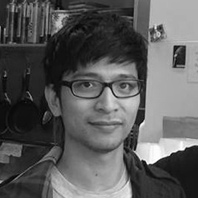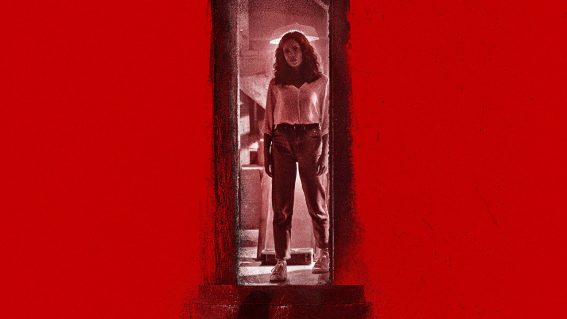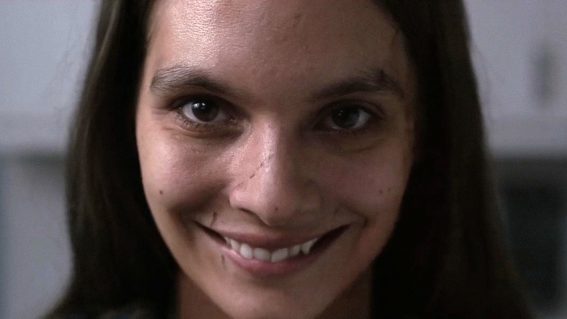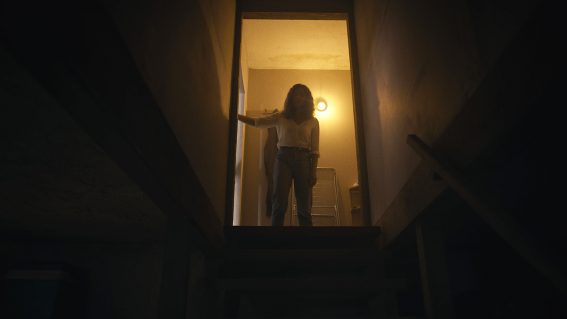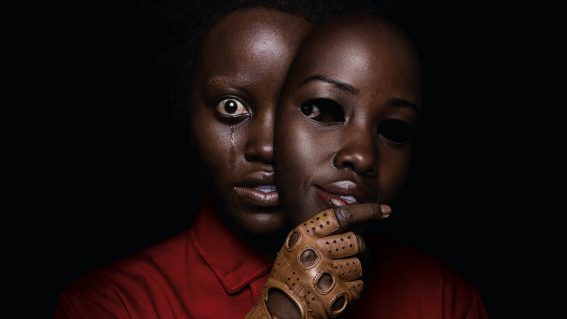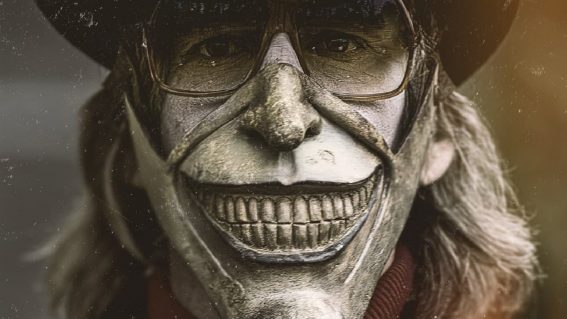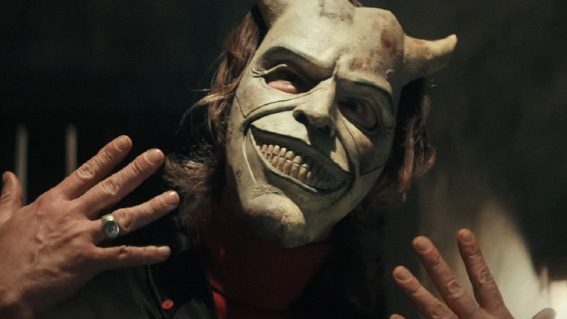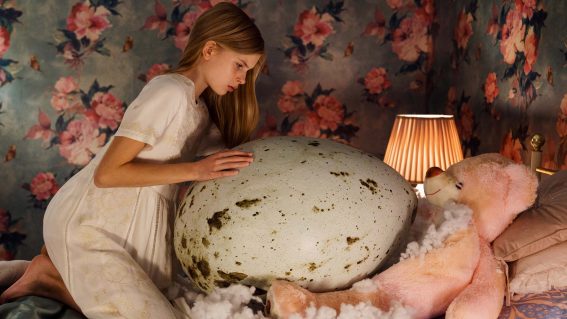How Suspiria looks to defy the curse of awful horror remakes
“Us horror buffs are losing our minds waiting to see it.”

There is a special place reserved in hell for horror remakes. Arguably more so than any other film genre around, horror has the tendency to milk its sacred cows with clockwork frequency. This is rarely met with the enthusiasm and approval of its core fanbase, whom no doubt will agree that successful remakes—Invasion of the Body Snatchers, The Thing, The Fly, The Blob to name a few—are, largely, an uncommon, almost miraculous occurrence.
We could blame that period in the 2000s, when Hollywood appeared to give glossy, disposable makeovers to any remotely recognisable horror property that might scare up some easy box office wins. Name a seminal classic, and it was likely remade. The Texas Chainsaw Massacre, The Hitcher, A Nightmare on Elm Street, Black Christmas, Friday the 13th, Last House on the Left. They all share one other thing in common: no one freaking remembers them.
That’s why Luca Guadagnino’s remake of Dario Argento’s 1977 Italian horror masterpiece Suspiria comes off like an aberration. A substantial number of us horror buffs are losing our minds waiting to see it (on Flicks’ Most Anticipated Films Still to Come in 2018 list, it placed at #1). The last time this has happened with a horror remake? Maybe never.

Not that it is impervious to resistive sentiment. It is, after all, THE Italian horror masterpiece. The gateway into the genre. Some responses to the first teaser predictably grumbled about the flesh-hued, muted colour palette of Guadagnino’s version. Where was Argento’s vibrant Technicolor intensity? For fans, this stuff, while not possessing the same cultural, populist cachet of The Exorcist, is 100% canon. But overall, opposition has been minimal, and anticipation positively high. Glowing early reviews have only amplified the hype.
READ: Rising popularity of spinoffs & why we should embrace it
Guadagnino forgoing a slavish, dutiful recreation of Argento’s richly saturated visuals for a more personal, emotionally-based direction is perhaps the wisest decision in tackling Suspiria—and one big reason to be excited about this remake.
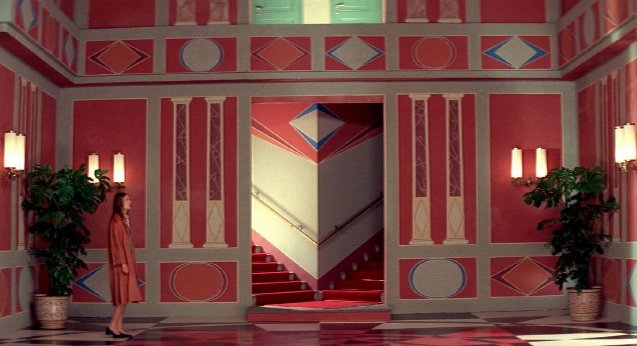
Known for its baroque, Bava-on-roids gaudiness, the original Suspiria always packed a violently feverish wallop. It was the apotheosis of a combustible synergy between giallo maestro Argento, cinematographer Luciano Tovoli, production designer Giuseppe Bassan and prog-rockers Goblin at their most batshit-crazy inspired.
Mandatory viewing on the biggest screen possible, with the sound cranked way, way up, the film elicits a specific kind of passion—a pounding madness. It beckons an ecstatic surrender to a seductive nightmare realm. Having Guadagnino (A Bigger Splash, Call Me By Your Name), a director with a proven track record of melding gorgeous, lush surfaces with textured melodrama, interpret the emphatic, titillating power of Suspiria holds much promise. A lot more than if an erratic journeyman like David Gordon Green, who was attached to the project in 2008 and whose Halloween has just released, was doing it.

There’s a criterion critics sometimes use when ascertaining the effectiveness of a remake: a work that’s able to stake out its own identity while remaining true to the spirit of the original. But Suspiria, with its oneiric, nebulous turns that refuse to follow conventional plot logic, would suit a less reverent, textbook reading. I love the idea of a remake that’s intuitively conceived—like an experience that’s remembered, or even misremembered.
Suspiria has a plot about a sinister ballet academy, and features witches, maggots, secret rooms, and miscellaneous occult spookery. But one gets the feeling that Argento and co-writer Daria Nicolodi were simply vibing off “Suspiria de profundis”, Thomas De Quincey’s prose which inspired the film, rather than literally adapting it. Translated into English, it’s a thoroughly evocative phrase (“sighs from the depths”) that inspires a plethora of interpretations, moods, emotions and images. With that kind of sandbox to play in, a straightforward, blow-by-blow remake of Suspiria that “ticks all the boxes” would be a totally wasted opportunity, and not to mention, deeply uninteresting.
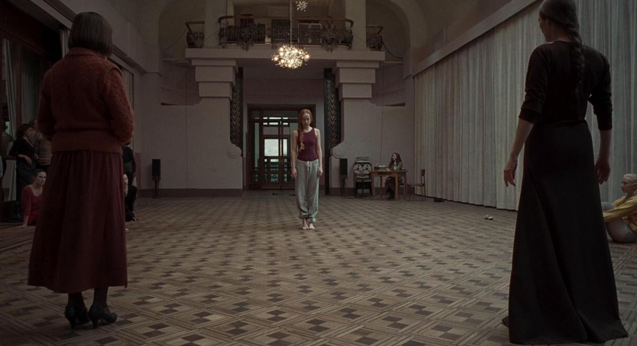
Whoever’s feeding the hype machine for this film is doing a great job. For now, I’m a believer. I’ll believe that Tarantino was in tears after Guadagnino screened it to him. I’ll believe star Dakota Johnson was so traumatised by Guadagnino’s vision she sought therapy after filming. I’ll believe Chloe Moretz when she says “it’s the closest to modern Stanley Kubrick” that she’s ever seen. And I’ll believe Tilda Swinton will make for a convincing old man under layers of facial and penile prosthetics.
Add to that the undeniably intriguing mix of personnel—writer David Kajganich (AMC’s period horror series The Terror), DP Sayombhu Mukdeeprom (Call Me By Your Name) and Thom Yorke on soundtrack duty—and I find myself not dreading a remake of one of my favourite horrors, but actually welcoming it with arms wide, and needily open.
